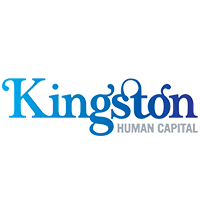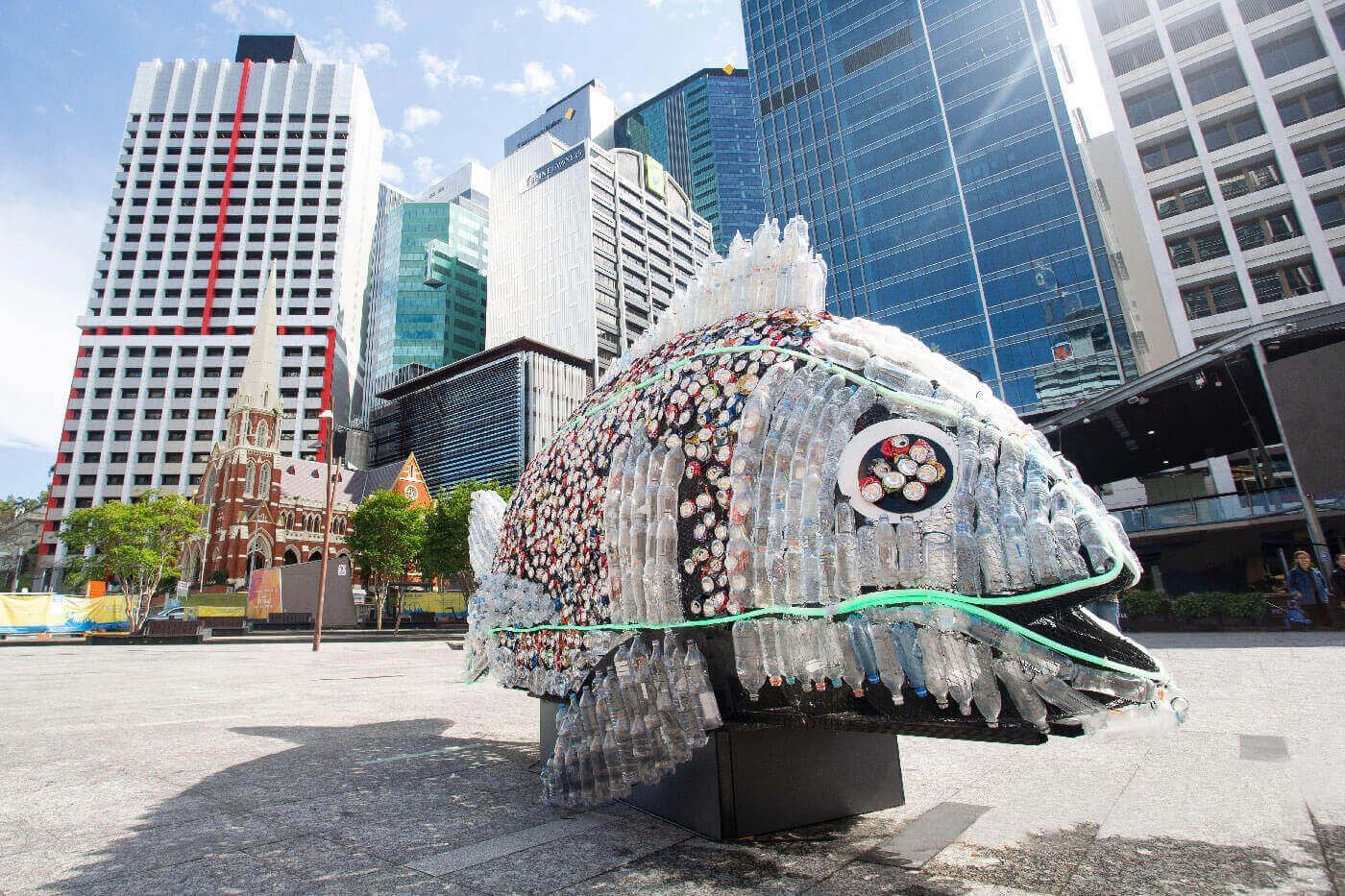How to Improve Your Hiring Processes to Achieve Your Diversity and Inclusion Goals
At Kingston Human Capital, we love working with organisations who are focused on improving diversity and inclusion in their recruitment hiring.
Most organisations recognise that a ‘tick the box’ approach is not a sustainable way to improve diversity and inclusion in talent acquisition. A focused and sustainable strategy is key.
In this article, we look at how to improve the diversity and inclusion of hiring practices in your workplaces.
What is diversity?
Workplace diversity is the idea is that your workplace should reflect the makeup of greater society. When people think of diversity, they often think of demographic groups like race or gender.
But diversity is a much broader and more inclusive concept.
Workplace diversity can be defined as understanding, accepting, and valuing differences between people of different races, ethnicities, genders, ages, religions, disabilities, and sexual orientations, as well as differences in personalities, skill sets, experiences, and knowledge bases.
What are the benefits of diversity?
Improving diversity and inclusion in your hiring process is key, not just because it’s the right thing to do. It yields incredible (and measurable!) benefits for your organisation1.
Workforce diversity and inclusion is a key driver of business growth and internal innovation2. Groups of diverse problem-solvers have been shown to outperform groups of high-ability problem-solvers3.
Additionally, companies with diverse executive boards enjoy significantly higher earnings and returns on equity4.
Forbes reported that a study of more than 500 organisations found that every 1% increase in gender and racial diversity is correlated with a 3% to 9% increase in sales revenue5.
10 steps to help achieve diversity and inclusion goals in your hiring processes.
1. Send the right message in your employer branding materials.
It’s important to send a clear message in your employer branding content – to communicate that you are an organisation committed to developing a diverse workforce.
Ensure you promote your D&I Initiatives in your employer branding material and communicate how you are meshing your diversity strategies with your mission and values.
If you want to improve your diversity outcomes, communicating this loud and clear. Say it!
Job seekers often wonder: Does this organisation walk their talk when it comes to diversity?
So, if you do, demonstrate this – through case studies, statistics, and highlighting your diversity career pathways. This removes the guesswork for job seekers and you will enjoy higher rates of attraction from diverse groups of people.
2. Craft your job advertisements to attract more diverse candidates.
The language you use your job advertisements makes a huge difference to your diversity outcomes. When it comes to improving your copywriting, a little research about your use of terminology and descriptive terms will go a long way.
3. Design workplace policies that are appealing.
Research has found that one of the best workplace policies to help you attract diverse candidates is flexibility.
If you’re not offering flexibility to your people, get ready to be left behind.
A PwC survey found that compared to older generations, millennials place more importance on a company culture that emphasises work/life balance. Are you promoting this in your employer branding? Discussing it at interview?
McKinsey research found that the #1 cultural value that women are most attracted to is a flexible schedule. Have you reality tested the flexibility you are offering?
Research has found that one of the main reasons why employees quit their job is a long commute. In some cities, distance from office locations can correlate with more diverse neighbourhoods. Have you thought about offering work from home options?
Ensuring your workplace policies cater to what is important to your people will ensure you attract more diverse candidates while also contributing to your employee retention.
4. Be aware that like can attract like.
More often than not, our networks are built of people who are similar to us. Sourcing from your existing networks can work against your diversity initiatives.
McKinsey research shows that 63% of men have networks made up of mostly men. Only 38% of women said the same about their networks.
LinkedIn’s data found that women are less likely to rely on their networks and more likely to search for jobs on third-party websites and online job boards6.
To achieve true diversity and round out your recruitment strategy, it’s important to utilise a range of different channels and networks.
5. Partner with community and diversity groups to create alternative channels to identify talent.
Establishing relationships or partnerships with community or diversity groups will help you build a diverse network and talent pipeline. The good news is that there are plenty of proactive diversity and community groups here in Queensland.
6. Advertise in diverse and inclusive media.This is about being seen where your potential candidates and new employees are reading or viewing content.
Find religious, cultural and ethnic publications and websites or networks and ask them if you can promote your job vacancy through these channels. Most advocacy and community groups are incredibly supportive and will actively help you promote your opportunity to their network or community.
7. Identify your biases. Every single one of us has certain leanings and preferences—called biases. More often than not we are not aware of them – making them unconscious biases. It’s important to uncover your own biases to ensure they won’t get in the way of your hiring choices.
Identifying our own biases can be uncomfortable and challenging. But if you are committed to improving your diversity and inclusion outcomes – dive in and get yourself sorted.
Harvard has a tool called the “Implicit-association test” which evaluates a person’s biases. The test is a little bit clunky but the insights are incredible. Try it!
Once you’ve identified your unconscious biases you can establish a plan to reduce their impact on your recruitment process.
8. Consider using blind resumes.The blind hiring method is a hot topic. And it’s easy to do – simply remove the candidates’ names from their resumes.
The theory behind removing the candidates’ names is that it helps decision makers avoid unconscious biases like race and gender. Some organisations are taking it one step further and removing other identifying information like graduation year, university names, and even suburbs. By removing this data you ensure that you will evaluate your prospective employee’s skills more objectively.
9. Prepare yourself with answers for questions diverse candidates are likely to ask.
If a candidate values diversity and inclusion in the workplace, they will often ask important questions to help them determine whether an organisation is truly inclusive and supportive, and whether they will be comfortable working there. Be prepared to answer these commonly-asked questions:
What are my chances for progressing/advancing my career here?
- Can you share with me some of the diversity and inclusion programs you run?
- Do you have a formal mentoring program and/or career development program?
- Do you have employee affinity groups that focus on the needs of people like me?
- What diversity and inclusion training does your organisation run?
10. Select a diverse interview panel.Harvard recommends making sure you select a diverse and inclusive interview team.
In selecting an interview team, consider including people who will bring diverse outlooks, and who are respectful of different cultures and characteristics. Recognise the potential to bring unintended biases to the process, and address this by having a clear and open discussion among team members before beginning the interview process.
A diverse interview panel will help your organisation avoid pitfalls like ‘group think’. Your hiring decision making will benefit from a wider variety of perspectives and you’ll also be able to demonstrate that you walk your talk when it comes to organisational diversity and inclusion.
Ready to get started?
Here are four great kick starter questions:
- What are the diversity strengths in my department?
- How can I build on those strengths?
- What are the diversity challenges in my department?
- How can I address those challenges?
Kington Human Capital wishes you well on your diversity and inclusion hiring journey.
We’ve helped hundreds of organisations improve their hiring practices to help them achieve their diversity and inclusion goals.
Footnotes:
1. Workplace Diversity – Ideal.com
2. Forbes
3. Professors Hong and Page
4. McKinsey
5. Workplace Diversity through Recruitment. Ideal.com
6. Diversity in Recruitment: Ideal.com








